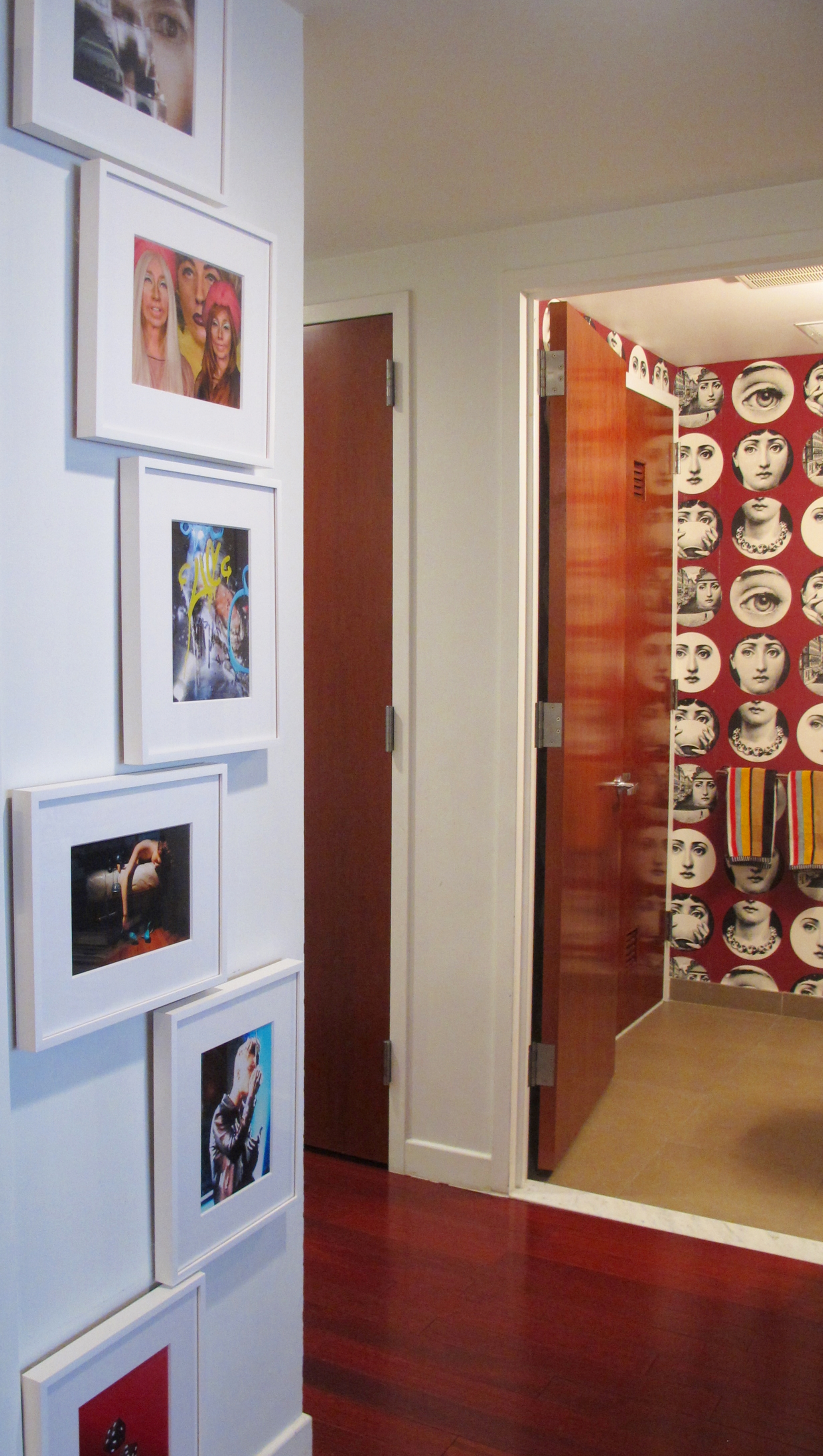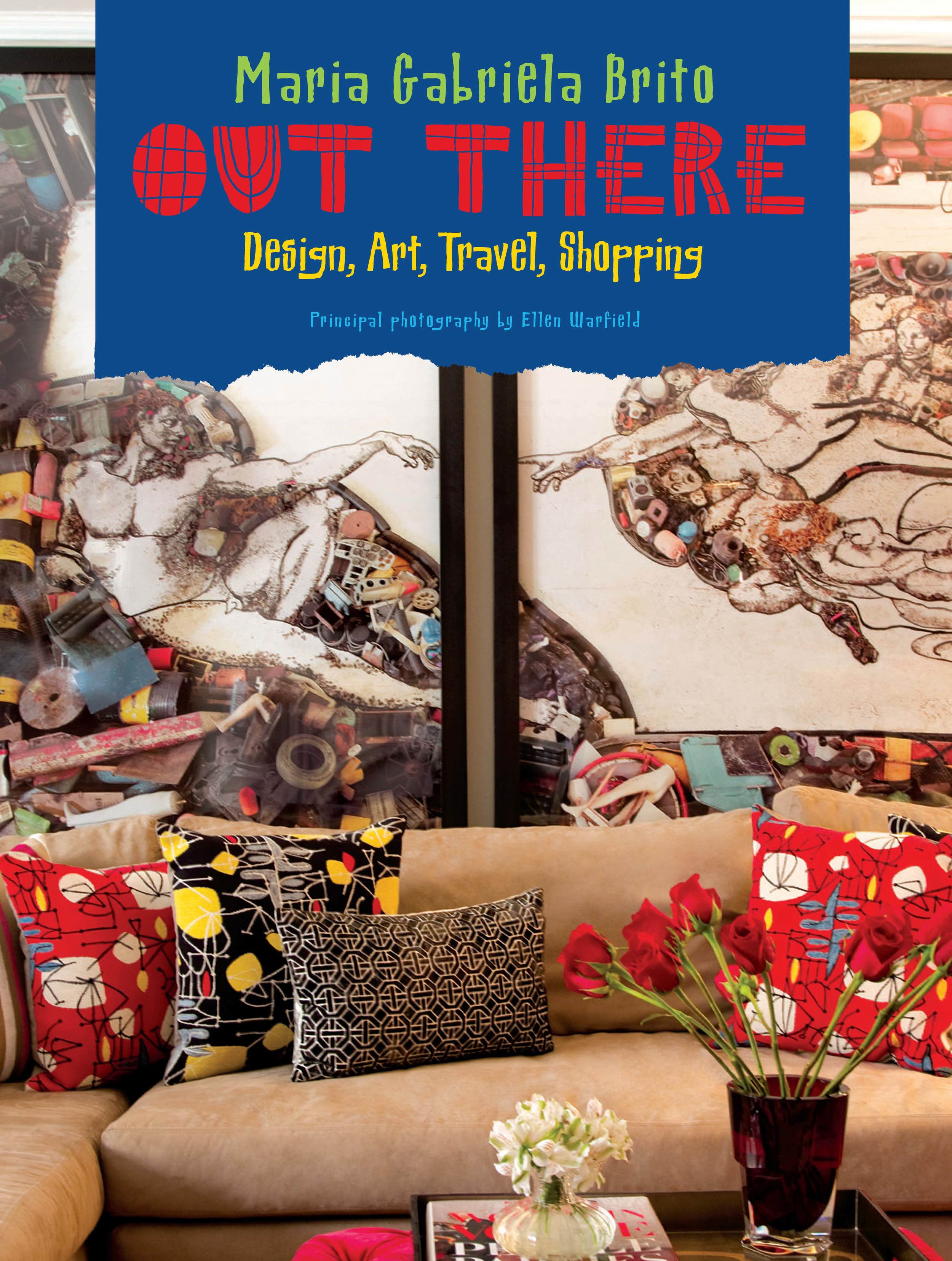Collecting Photography
Me at home with a c-print on the back by German photographer Rafael Neff (photo credit Lianna Tarantin)
Maybe 65% of my collection is comprised of photography pieces. I'm truly a photography lover. Sometimes, my clients come to me, interested but not sure about whether or not to collect photography. Understanding concerns about getting started collecting any kind of art, we discuss the medium, and I urge them and help them to get immersed in such an interesting and stimulating world. I also tell my clients that, for the price point of photography it’s hard to find in any other medium (painting, mixed media, sculpture or drawing) something as neat with the same, striking visual impact, and by well-known names.
Some of the rock stars of art collecting--Charles Saatchi, Eli Broad and the Baroness Marion Lambert, all collect photography. That says a lot.
It took many years for photography to be considered a major art form. Purists have always tried to make the case that the use of a camera can’t be art because it’s a mechanical process that involves pressing a button. While I completely disagree, I also think that the “purists” haven’t taken into account the amazing moments that a camera and a good photographer can capture. It’s often an act of sheer brilliance. Photography is also creative in the manipulation with color, form, techniques, fantasy, theatricality and different sensations that artists who do photography explore.
There are many types of photographic prints, each one with its own characteristics. Artists print their works in different types of paper using different techniques depending on the objective. For example, a cibachrome print is usually regarded as the best in terms of color longevity as well as color saturation and reproduction. That doesn’t mean that buying, for example, a chromogenic (C-Print) or a giclée is a bad investment, they are just different techniques that convey different imagery.
My clients also ask me: how can I make sure that what I’m buying is really worth the money? I usually try to explain that if you love something and can live with it for a long time, then it’s worth the money. However, I always make sure that my clients understand and familiarize themselves with the artist.
For me, the artist has to be up-and-coming, featured in important shows and exhibits, or have been acquired by a museum. Some clients do not have the same requirements, and cost of collecting is not an issue to them. But for those with a budget, finding an artist that has already been well-received can still be affordable. In the arena of photography, there are very famous artists who create amazing works, who are also in museums or very high-profile collections, and whose works can be acquired for less than $5,000. Why? Because photography works are rarely one-of-a-kind, they come in editions.
Always make sure that the work has been printed in limited editions, the less prints out there, the more valuable the work is. It’s also important to check how many artists’ proofs exist. If you are offered an Artist Proof, it must be labeled as “AP”. Also confirm that the work is signed and numbered.
Photography requires special care once it is properly mounted and displayed; the piece must be placed away from direct sunlight and in a dry place where it should not be exposed to humidity.
I have many favorite artists who do photography. Some of them have become so popular, their prices are prohibitive. But there are still plenty of them that I can appreciate and collect. My list of faves includes: Candida Höfer, Andreas Gursky, Ruud van Empel, Vik Muniz, Cindy Sherman, Marilyn Minter, Rafael Neff, Flavia da Rin, Ed Ruscha, and many, many others that would make this list way too long for a blog post.
Even the cover of my book has a major Vik Muniz diptych that I selected for my clients in the apartment that I designed for them.
Get in touch with me if navigating the ins and outs of collecting photography seems too complicated! I’ll make it fun and easy for you!






